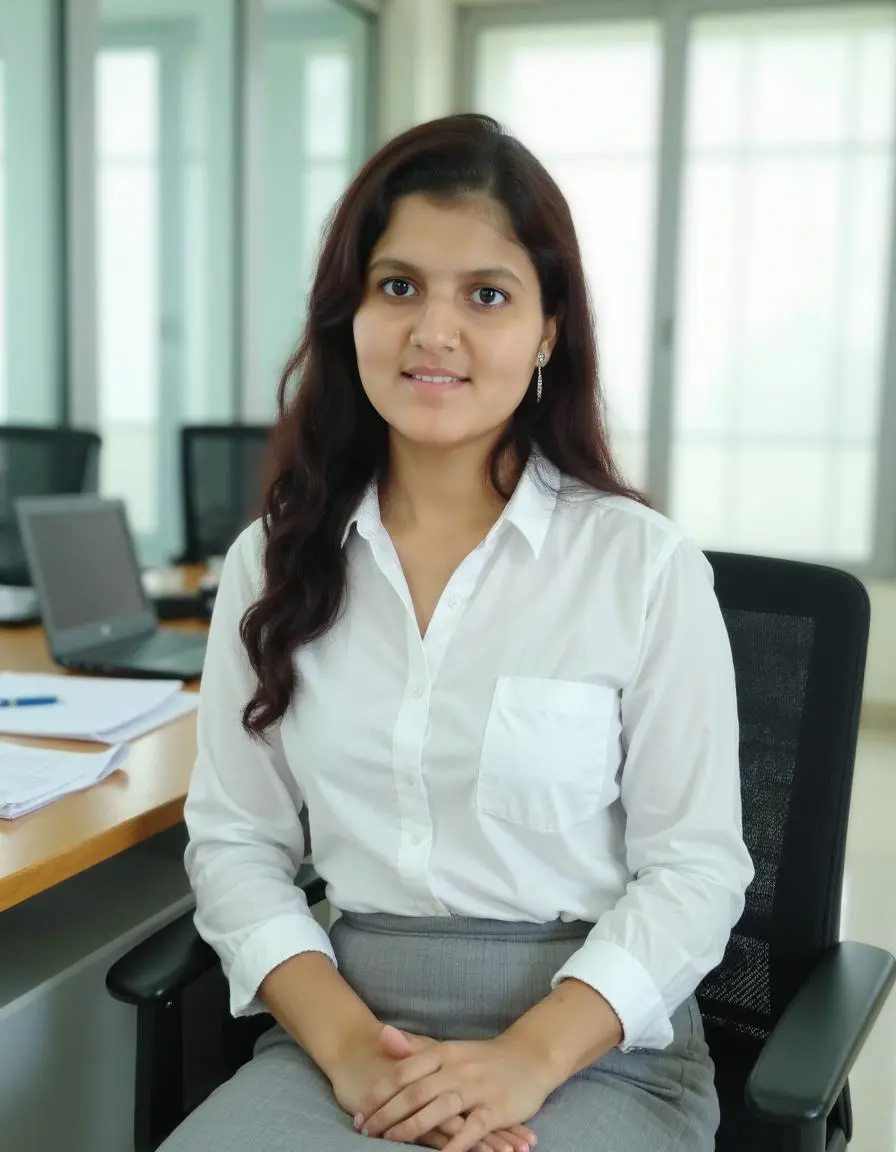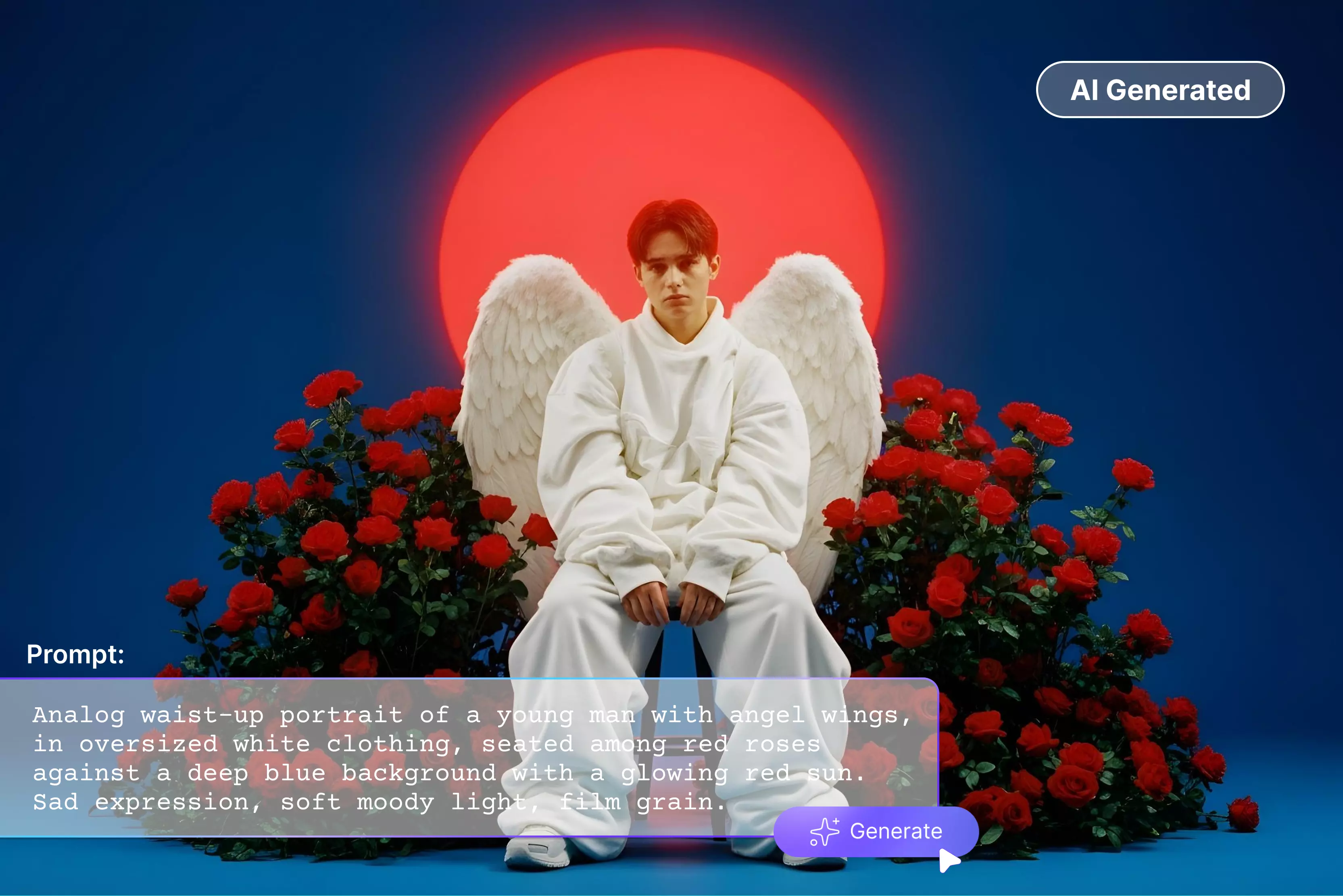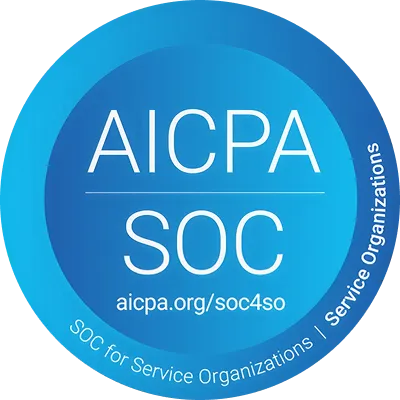AI image generators have redefined the way people create visuals. These advanced tools use artificial intelligence to transform simple text descriptions (text prompts) into high-quality images, artworks, or even photo-realistic visuals within seconds. AI image generators can bring your words to life by processing the language and figuring out the context. They can do this with anything from a fantasy landscape to a product mock-up to a cartoon-style portrait.
The best thing about AI image generation is how easy it is to use. You don't have to be an artist or a designer. You have to type what you see in your head, and the AI will do the rest.
That’s why these tools are rapidly gaining popularity among marketers, content creators, and designers who want to save time while maintaining creativity. People are using them to make marketing banners, blog pictures, social media posts, and even concept art for businesses and entertainment.
In this blog, you'll find out how AI image generators work, how to write good text prompts, and how to make them even better for the best results. We'll also look at the most popular AI image generator tools. By the end, you'll know exactly how to make beautiful images from your words without any trouble.
What is an image generator?
An AI image generator is a powerful tool that uses artificial intelligence to create images from simple text descriptions, known as text prompts. You don't have to draw or design by hand anymore.
You have to type what you want to see, like "a cat sitting under a glowing moon in watercolor style," and the AI will turn your words into a picture that matches. These tools are powered by advanced AI models like DALL·E, Midjourney, and Stable Diffusion, which have learned from millions of image-text combinations.
When you type something, the AI understands your words and makes a picture from them. Using this understanding, it creates an image that closely matches your description.
The clearer and more detailed your prompt is, the more precise and visually appealing the generated result will be. In real life, AI image generators make it easy and fast to create pictures. People use them for everything from business branding to fun, creative projects.
How do text prompts work?
In AI image generation, a text prompt is what you type to tell the AI what picture to make. It can be short or long. The AI reads your prompt and figures out what the subject, mood, composition, color, and style of art are. It uses this information to make a picture that shows what you said.
The clarity and detail of the text prompt play an important role in the output quality. A clear prompt tells the AI exactly what you want so that it can generate a better picture.
For instance, a vague prompt like "A cat" only gives a few options, but a more specific one like "A cute orange cat sitting on a laptop in digital art style" helps the AI make a more detailed and expressive picture.
AI models like DALL·E, Stable Diffusion, and Midjourney use natural language processing (NLP) to understand what you say and find visual patterns that match what you say based on millions of examples of text and images. To put it simply, the more specific your prompt is, the better the AI can make a high-quality picture from your ideas.
Tips to write better prompts
Writing effective prompts is a key skill, often called prompt engineering, that determines how good your AI image results will be. Prompts generate better results when they are structured clearly, specify your vision, and give the AI enough direction to interpret your intent. Let us find out what the tips are to write better prompts.
- Use adjectives that describe: Words like vibrant, grainy, ethereal, and bold shadows all set the mood and style. Using descriptive words helps the AI understand how to sound and feel.
- Be clear about the details: Tell me what the subject is, what's going on, where it is, and how it looks. For example, "a futuristic car parked on a neon-lit city street at dusk, with the wet pavement reflecting the lights." This level of detail helps the AI make a picture that is correct.
- Add different kinds of art: Mention a style or medium such as “oil painting”, “cyberpunk animation”, “minimalist line art”. Embedding style in your prompt lets the AI match both subject and aesthetic.
- If you want a professional look, add information like "shot with a 50mm lens," "soft golden hour lighting," or "top down view." These tips for lighting and composition can help make the picture look better.
- Try different things: Don’t expect perfect output on the first try. Adjust one element at a time. For example, change the mood, the style, the subject’s pose, and generate again. Research shows prompt engineering improves with iteration and learning.
By applying these five tips—specificity, adjectives, style, technical cues, and experimentation, you’ll gain far better control over the visuals that AI generators produce and turn your prompt into a clearer blueprint for the result you want.
Best AI image generators to try out in 2026
Find out the best AI image generator tools that can help you create your imagination within a few seconds of entering the prompts. Make sure the prompt you enter is clear and well-explained so that the AI tool can generate a result as per your expectation.
1. Pixelbin
Pixelbin’s AI image generator includes both a text-to-image tool (where you write a prompt and it creates an image) and a photo-to-cartoon or editing tool (where you upload your photo and apply cartoon or other styles).
It supports high-resolution outputs directly in the browser with no software installation required. PixelBin offers three free uses/trials of certain AI tools without needing to sign up. For example, the cartoon generator lets you try it three times for free. After the free use, credits or a paid plan may be required.
Steps to generate an image using the Pixelbin AI image generator
Step 1: Visit the official website and sign up. Click on AI tools> See all.
Step 2: Now search for an image generator.
Step 3: Enter the prompt as per your imagination.
Step 4: The tool has created an image according to the prompt.
2. Adobe Firefly
Adobe Firefly is a web-based AI image generator from Adobe Inc. that turns text prompts into high-quality visuals. It offers features like Text to Image (type a description, get images), Generative Fill (edit or extend images by describing changes), and Style/Reference Input (upload a reference image to guide style).
The platform is trained on Adobe Stock, public domain, and rights-cleared imagery, so its outputs are safe for commercial use. Free users receive a set number of generative credits each month; for unlimited or premium usage, paid plans are required.
Steps to generate an image using Adobe Firefly
Step 1: Visit the official website and click on Generate > Generate AI image.
Step 2: Enter the prompt.
Step 3: Within a few seconds, the tool will generate the image accordingly.
3. ChatGPT
ChatGPT now supports built-in image generation, making it simple for users to turn text prompts into visuals. Powered by GPT‑4o (and the API model gpt‑image‑1), it can generate rich, detailed images based on your description and also edit existing ones.
You can upload an image and ask ChatGPT to add or remove elements, change the background, or restyle it. This makes ChatGPT useful not just for conversation, but also for content creators, designers, and marketers wanting visuals quickly and easily.
Steps to generate an image using ChatGPT
Step 1: Visit the official website and enter the prompt.
Step 2: Within a minute, the tool will generate the image as per the prompt.
4. Canva
Canva has an AI image generator that lets you create pictures just by typing what you want. If you type something like "a cute cat in cartoon style," Canva will make the picture for you in a few seconds.
You can also easily change the picture by removing the background, adding text, or changing the colors. Because everything happens in the same simple workspace, it's easy for beginners to use.
You can make some basic images for free, but you need Canva Pro to use a lot of the more advanced tools. In general, it helps anyone make quick, nice-looking pictures without having to know how to design.
Steps to generate an image using Canva
Step 1: Visit the official website and sign up. Click on “Three dots” on the left side and then Apps.
Step 2: Select “AI generation” and then “AI image gen.”
Step 3: Tap on “Use in new design.”
Step 4: Choose whatever type of image you want to create. Here, I have chosen “Phone wallpaper.”
Step 5: Write the prompt and click on Create
Step 6: The tool will generate the image accordingly.
5. Google Gemini
Google Gemini is an advanced AI platform that can generate and edit images from text prompts. You can type a description like “a futuristic city skyline at sunset, watercolor style,” and the tool creates the image for you.
It also lets you upload your own photo and ask it to make changes—for example, “change the background to a beach” or “turn this outfit into cyberpunk style”. The system supports “Gemini 2.0 Flash Image” and other models via API, making it powerful for both creators and developers.
Steps to generate an image using Google Gemini
Step 1: Visit the website and type the prompt.
Step 2: The tool will generate an image as per the entered prompt.
6. Fotor
It is an online platform that has a tool to turn text prompts into creative pictures. Type a prompt like “A fantasy forest at sunrise, oil painting style” and choose from styles like cartoon, 3D, or realistic, and Fotor handles the rest. It also supports uploading your own photo to transform it into a new style or avatar.
It offers eight free credits to start, after which you can get more through daily check‑ins or by upgrading. Built‑in editing tools let you refine and enhance your image right in the same platform.
Steps to generate an image using Fotor
Step 1: Visit the official website and sign up. Click on AI photo > AI image generator.
Step 2: Enter the prompt.
Step 3: It has generated two images for the same prompt. You can pick whichever you like.
7. Picsart
Picsart is a user‑friendly, all‑in‑one photo and video editing app that now includes a powerful AI Image Generator. Just type a descriptive text prompt and the tool creates visuals quickly—everything from cartoons to realistic scenes.
You can pick styles like anime, photorealistic, or abstract, then tweak the image further using Picsart’s editing tools (stickers, filters, background change). Free users get a limited number of image generations; for unlimited use, a subscription is required. Below, you can see the steps to generate an image using Picsart.
Steps to generate an image using Picsart
Step 1: Visit the official website and sign up. Click on create > AI image generator.
Step 2: Enter the prompt, choose the style, and click on “Generate.”
Step 3: Below, you can see the tool has generated images as per the prompt.
8. Freepik
Freepik offers a powerful AI image‑generation tool that turns text prompts into custom visuals with ease. Users type a description—like “sunset mountain lake in watercolor style”—and Freepik’s “Text‑to‑Image” generator creates variations, often with realistic textures and improved detail.
The platform supports a wide range of styles (photo, digital art, 3D, anime) and models (Flux, Mystic, Seedream) for both free and paid users. Premium+ and Pro subscribers gained unlimited image generation across models, while free users still have access with some usage limits.
Steps to generate an image using Freepik
Step 1: Visit the official website and sign up. Click on the AI image generator icon on the left side.
Step 2: Enter the prompt and click on generate.
Step 3: The tool will generate the image as per the entered prompt.
9. LightX editor
LightX is an AI‑powered photo and video editor that helps users create and enhance visuals quickly and easily. It offers tools such as Text to Image AI, which lets you generate images by typing a prompt; Sketch to Image AI, which turns your rough drawing into a polished image.
AI Background Remover/Generator to change or create new backgrounds, and AI Avatar/Portrait Generator to convert selfies into cartoon or painting styles. The app works on mobile and web, provides a freemium plan (e.g., free credits or basic tools), and subscription tiers for full access.
Steps to generate an image using the LightX editor
Step 1: Visit the official website and sign up. Click on AI editor > AI image generator.
Step 2: Enter the prompt and click on “Generate.”
Step 3: The tool will generate the image as per the prompt.
10. Microsoft Copilot
Microsoft Copilot now includes a robust AI image‑generation capability, allowing users to craft visuals from text prompts or edit existing images. For example, you can type “a realistic portrait of a golden retriever puppy playing in sunlit grass, photorealistic, 35 mm lens look” and Copilot will generate several image options.
Users can also upload their own photo and then ask Copilot to replace backgrounds, change styles, or add objects—all — all within the same chat interface. Integrated models like GPT‑4o and MAI‑Image‑1 give richer detail and depth, and results can be inserted straight into documents or presentations.
Steps to generate an image using Microsoft Copilot
Step 1: Visit the website and enter the prompt.
Step 2: The tool will generate the image as per the entered prompt.
Final thoughts
In the above section, you must have seen that I have used ten AI image generators to create images. The uniqueness is that I have used the same prompt on different tools.
Most of them give free trials so that a user can experiment and use further if they find favorable results. So, go ahead and experiment with the tool and generate images with customized prompts.
FAQs
An AI image generator uses machine learning to create visuals from text prompts. It analyzes your description and generates matching images using trained models like DALL·E or Stable Diffusion.
Be specific and descriptive. Include details like style, lighting, emotion, and subject. For example, “a cute dog in watercolor style” works better than “a dog.”
Popular tools include Pixelbin, ChatGPT (DALL·E 3), Midjourney, Leonardo AI, Fotor, and Adobe Firefly. Each offers unique styles and editing options.
Yes. Most AI tools let you refine, upscale, or edit images—like changing backgrounds, colors, or styles—to match your vision.
Avoid vague prompts, unrealistic expectations, and skipping prompt refinements. Always review outputs for accuracy and quality.
Usually yes, but it depends on the tool’s usage policy. Always check licensing terms before using AI-generated images commercially.










